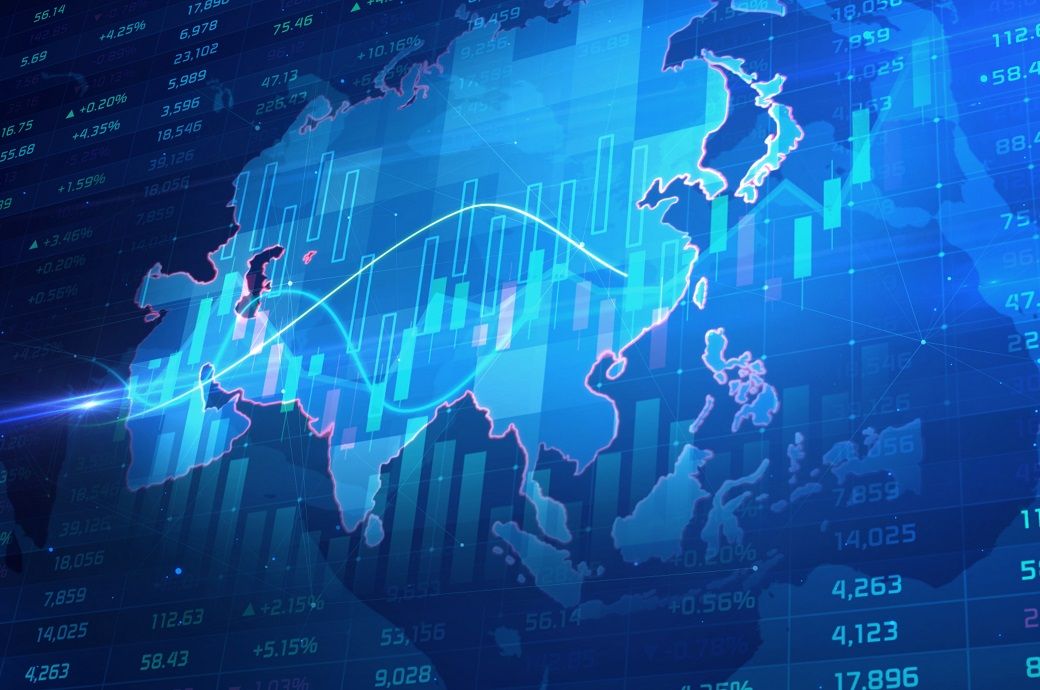
Higher US import tariffs are disrupting trade, investment, and growth across Asia-Pacific. For the US itself, tariffs are fuelling inflation even as growth slows and the labour market weakens, S&P Global Ratings said in its latest prediction report tilted, ‘Economic Outlook Asia-Pacific Q4 2025: Growth to Ease on External Strain’.
It expects the Federal Reserve to deliver two additional 25 basis points (bps) cuts to its policy rate in both 2025 and 2026, following the September reduction. The tariff shock is not evenly distributed. China has so far fared relatively better than Southeast Asian emerging markets, while India has been hit harder than anticipated. Developed economies in the region are broadly in line with expectations. Compared to pre-Trump era levels, all Asia-Pacific economies now face significantly higher effective tariffs, with India experiencing the steepest increase.
Mexico’s recent tariff hikes on non-FTA partners underscored the risk of broader global protectionism. In Asia-Pacific, only Japan, Malaysia, Singapore, and Vietnam have agreements with Mexico that shield them from such measures.
China’s exports held up until August, but shipments to the US plunged 33 per cent year-over-year (YoY). Stronger trade with ASEAN helped offset the decline, yet higher US and Mexican tariffs, weak housing demand, and slowing consumption are expected to drag growth.
S&P projects China’s GDP to slow to 4.6 per cent in 2025 and 4 per cent in 2026, down from 5.3 per cent in the first half of 2025.
Persistent overcapacity and subdued demand continue to squeeze profits, with nominal GDP growth falling to 3.9 per cent in Q2—its lowest since the COVID-19 crisis.
Exports across Asia-Pacific remain supported by frontloading and strong global demand for technology, especially AI-related equipment. Taiwan, South Korea, Singapore, Malaysia, Thailand, and Vietnam are key beneficiaries. Domestic demand remains robust, particularly in India, where S&P forecasts GDP growth at 6.5 per cent this fiscal, aided by government spending, tax cuts, and a benign monsoon.
Southeast Asia is expected to see growth ease by 0.4 percentage points to 4.5 per cent in 2025, while Australia may gain from easier financial conditions following policy rate cuts.
Inflation across the region has stayed modest, creating scope for further monetary easing. Regional central banks have cut policy rates by an average of 55 bps in 2025, with more expected as US rates decline. In India, inflation is projected at 3.2 per cent for FY25-26, leaving room for an additional 25 bps cut. Japan’s inflation path is closing in on the Bank of Japan’s 2 per cent target, setting the stage for gradual policy tightening.
The report stated that despite resilient domestic demand, Asia-Pacific remains highly exposed to external shocks. Rising tariffs, global protectionism, and China’s manufacturing overcapacity threaten to undercut competitiveness and profitability across the region. Yet accommodative policies, solid consumption, and strong investment in technology may help offset some of the external drag.
ALCHEMPro News Desk (SG)
Receive daily prices and market insights straight to your inbox. Subscribe to AlchemPro Weekly!